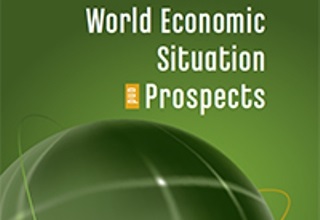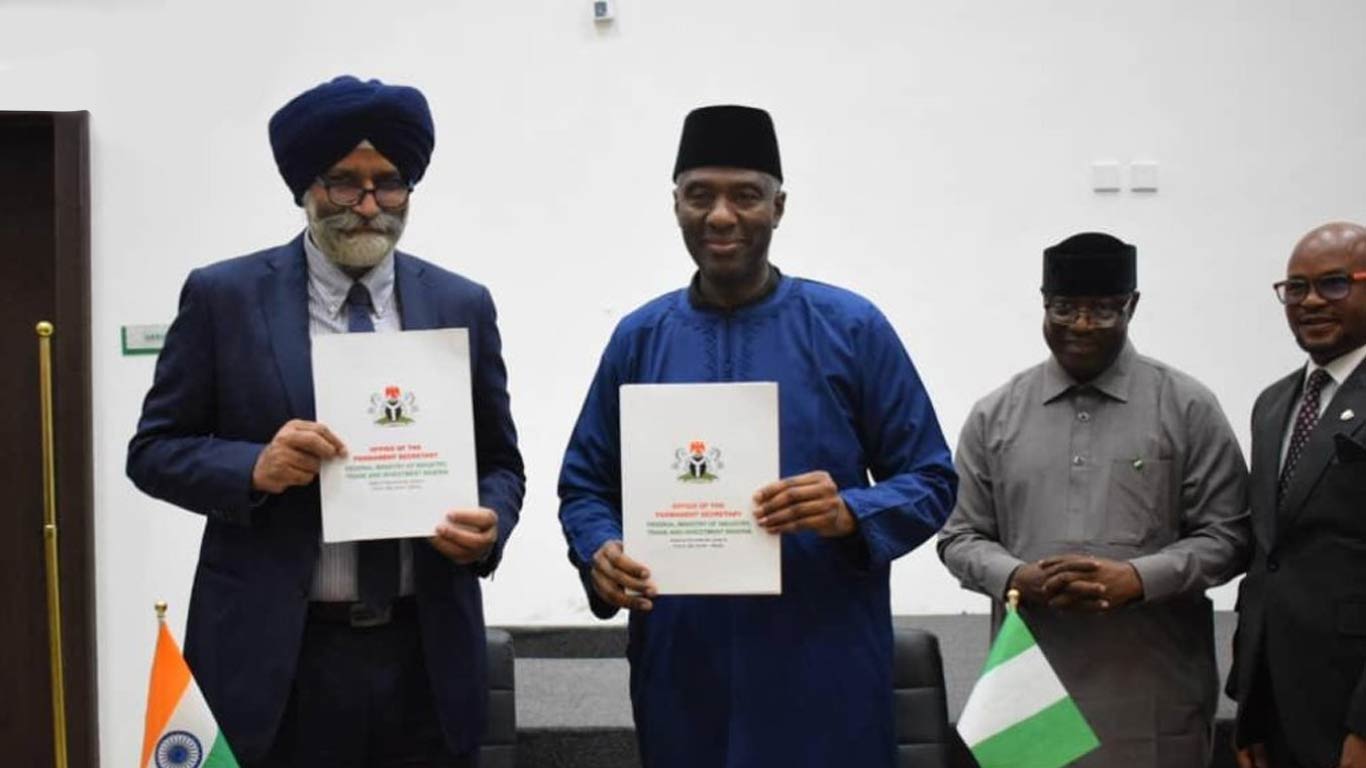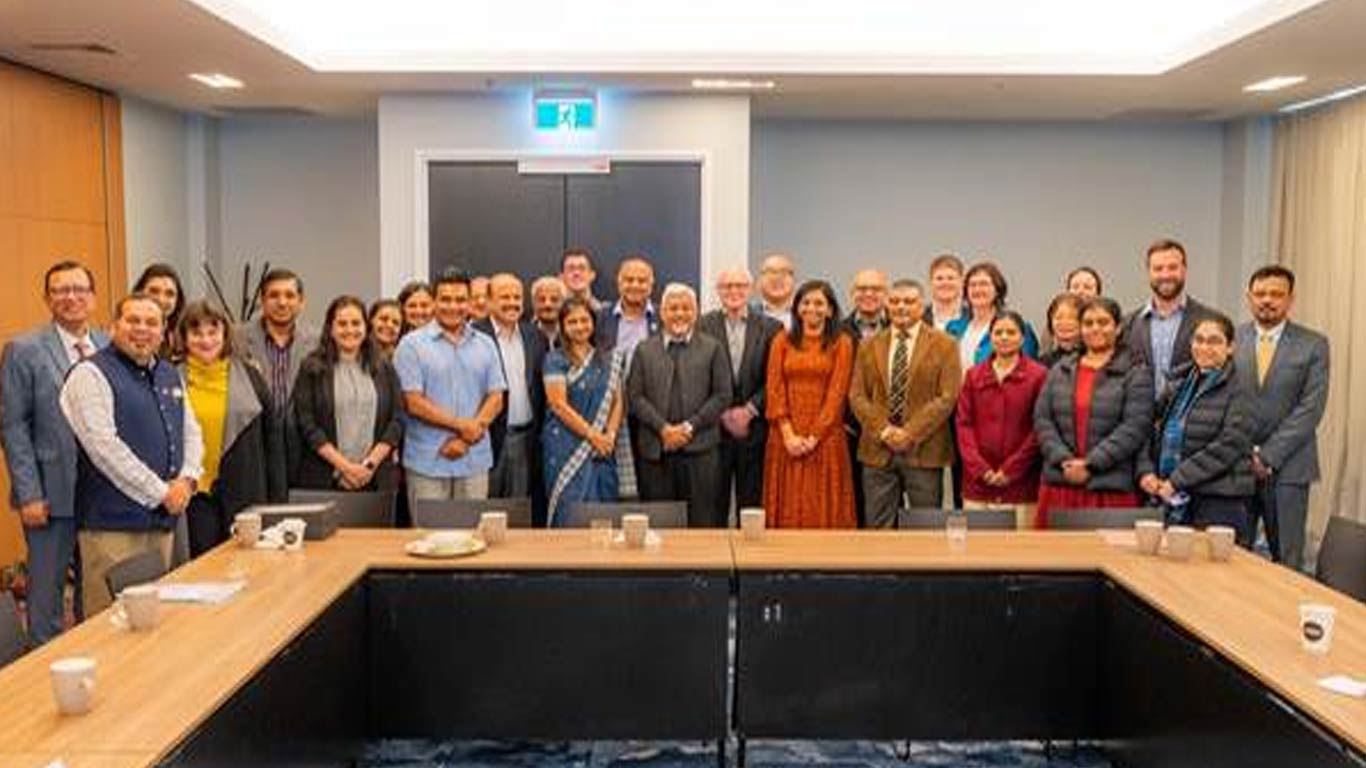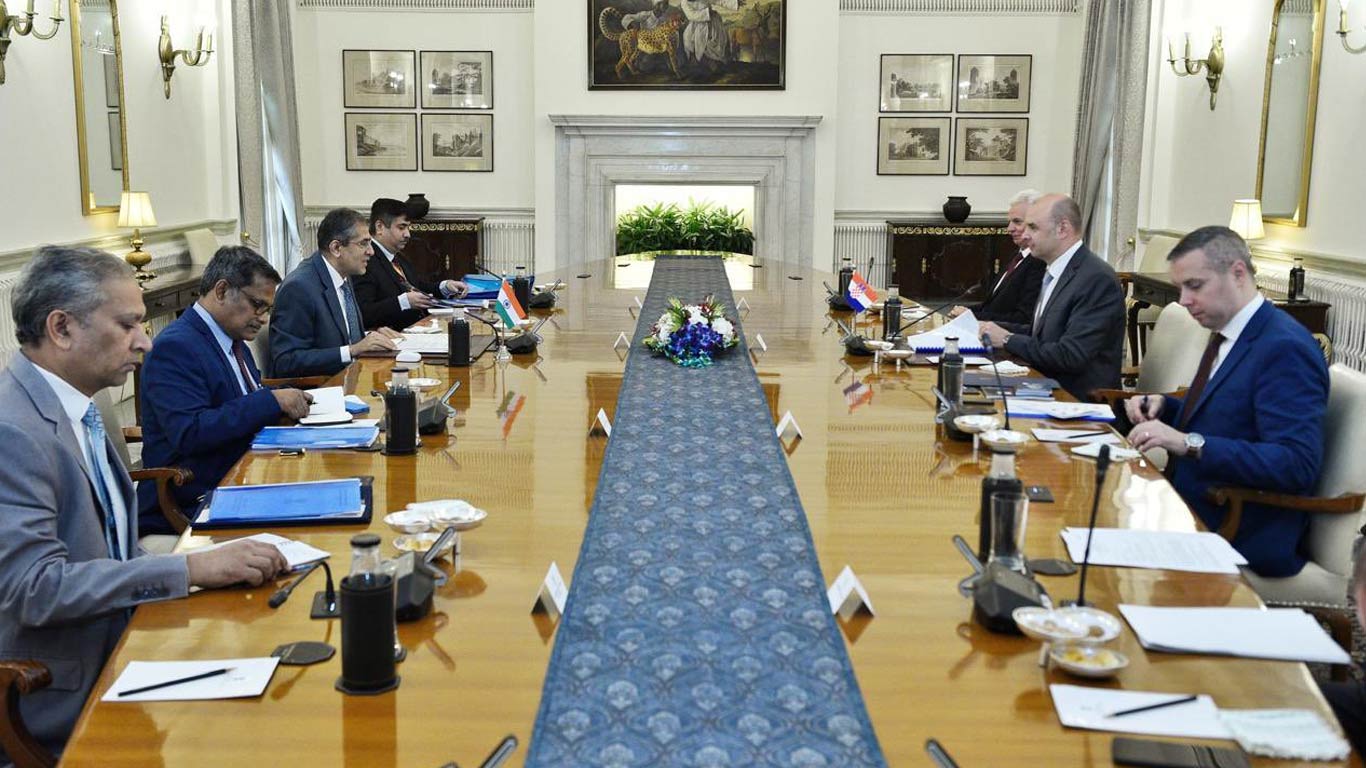India's economic growth likely to increase to 6.3% in 2016: UN Report
Updated: Dec 11, 2014 01:39:14pm

The United Nations ‘World Economic Situation and Prospects 2015’ (WESP) report which was released yesterday said that on a global scale, economy will improve marginally, although mounting uncertainties and risks could undermine economic growth, as per a press release.
The global economy is expected to grow 3.1 per cent in 2015 and 3.3 per cent in 2016, compared with an estimated growth of 2.6 per cent for 2014.
The global economy expanded during 2014 at a moderate and uneven pace. Legacies from the global financial crisis continue to weigh on growth, while new challenges have emerged, including geopolitical conflicts such as in Ukraine and the Ebola epidemic, it said.
It stated that a number of economies in developing countries and economies in transition have encountered various country-specific challenges, including structural imbalances, infrastructural bottlenecks, increased financial risks and ineffective macroeconomic management, as well as geopolitical and political tensions.
“In contrast, East Asia, including China, managed to register relatively robust growth, while India led South Asia to a moderate strengthening,” the report said.
Economic growth in South Asia is set to gradually pick up from an estimated 4.9 per cent in 2014 to 5.4 per cent in 2015 and 5.7 per cent in 2016.
“While the recovery will be led by India, which accounts for about 70 per cent of regional output, other economies such as Bangladesh and the Islamic Republic of Iran are also projected to see stronger growth in the forecast period,” it said.
In addition, India is likely to make progress in implementing economic policy reforms, thus providing support to business and consumer confidence.
While inflation for East Asia will stay around the recent levels of 2–3 per cent over the outlook period, a pronounced decrease is forecast for South Asia due to falling inflation in almost all countries, especially in India and the Islamic Republic of Iran, it said.
The report also made forecasts on unemployment figures, global inflation, foreign direct investment inflows; and trade growth both in developed and developing economies, while highlighting the risks and challenges ahead.
To reduce risks and meet challenges, the report says, it is imperative to strengthen international policy coordination. In particular, macroeconomic policies worldwide should be aligned toward supporting robust and balanced growth, creating productive jobs, and maintaining long-term economic and financial stability.
WESP is produced at the beginning of each year by the UN Department of Economic and Social Affairs (UN/DESA), the UN Conference on Trade and Development (UNCTAD), the five UN regional commissions and the World Tourism Organisation (UNWTO). (KNN/ES)











